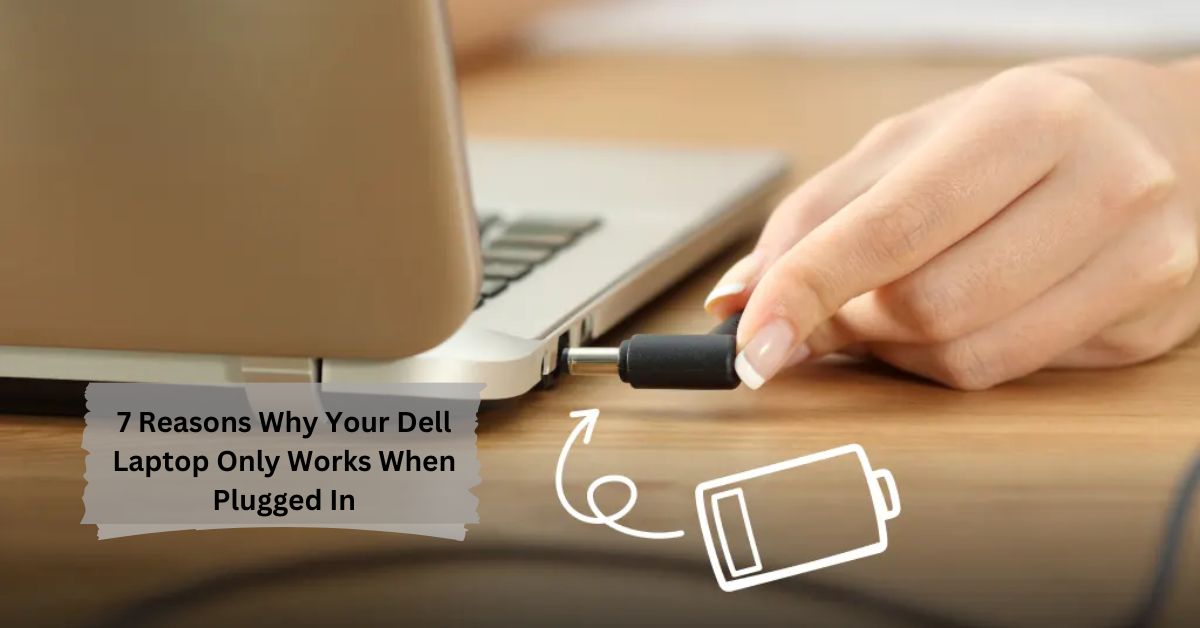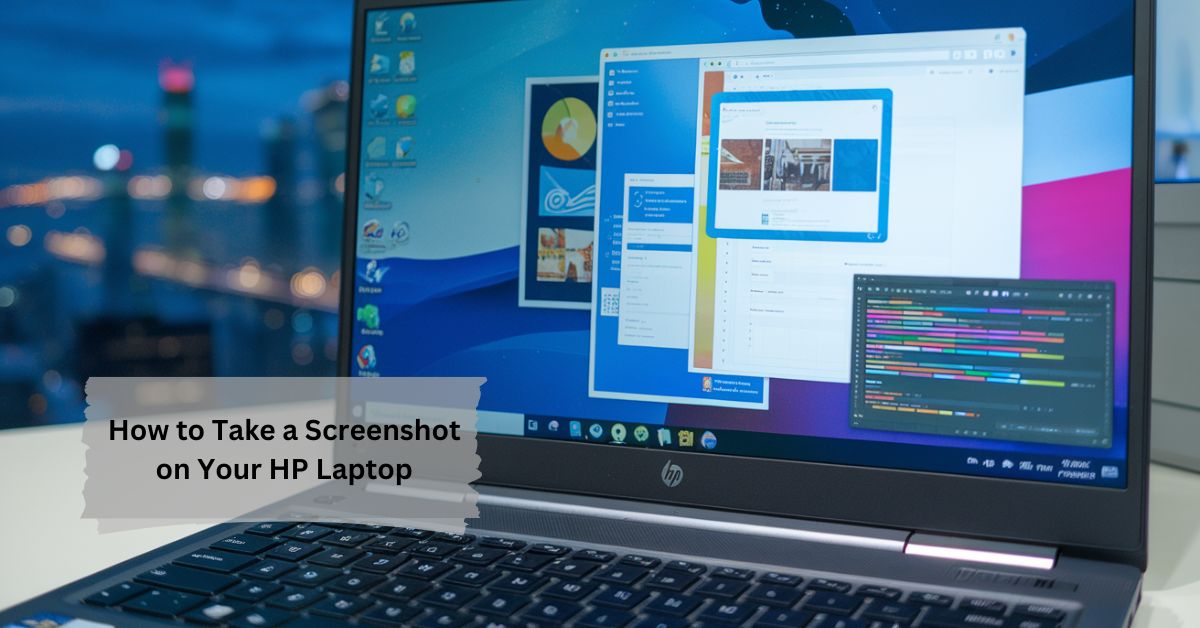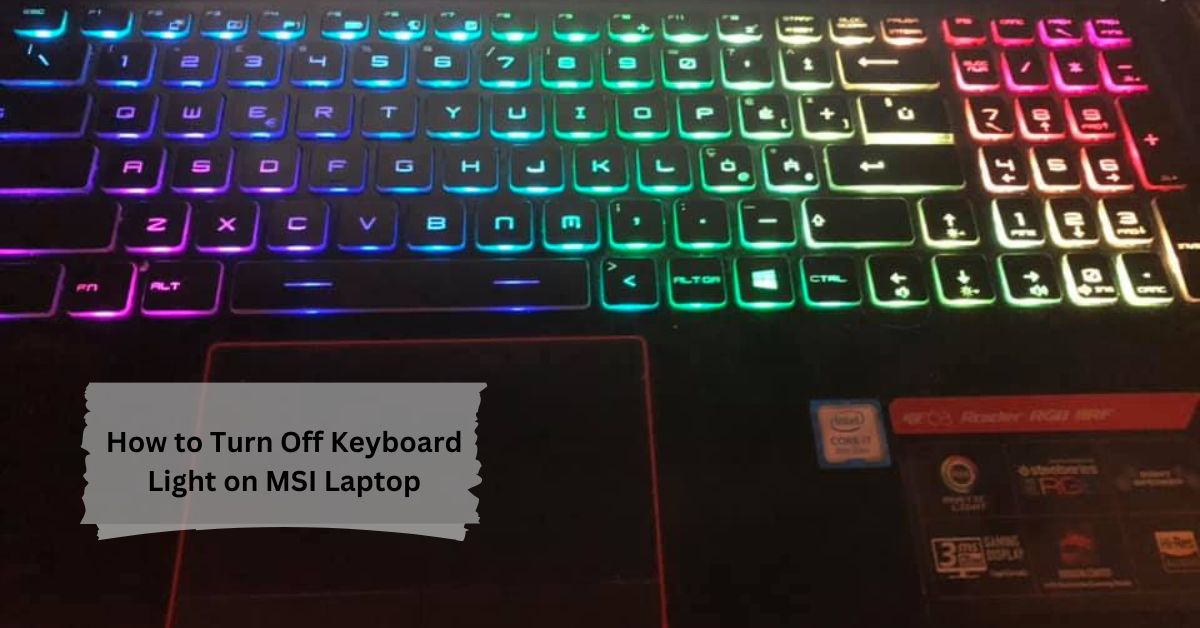In the realm of espionage and discreet monitoring, the tools you rely on need to perform under pressure, often for extended periods of time without the luxury of frequent maintenance or charging.
Maximizing the battery life of spy devices is crucial for successful covert operations. Understanding the different types of batteries, managing device settings, and using advanced strategies like power cycling and device placement can significantly extend battery life, ensuring that devices perform effectively when needed.
One of the most critical elements of any spy gadget, whether it’s a hidden camera, a GPS tracker, or an audio recording device, is its battery life. In this comprehensive guide, we’ll explore everything you need to know about maximizing the battery life of your spy devices, ensuring they’re always ready when you need them most.
The Importance of Battery Life in Spy Devices
Battery life is more than just a convenience in the world of surveillance; it’s a necessity. In covert operations, where stealth and discretion are paramount, the last thing you want is for your device to run out of power at a critical moment. Whether you’re gathering evidence, tracking a target, or monitoring a location, a sudden power loss can compromise the entire mission. Therefore, understanding and optimizing battery life is essential to the success of any surveillance operation.
Types of Batteries Commonly Used in Spy Devices
Spy devices use various types of batteries, each with its own advantages and disadvantages. Understanding these differences can help you choose the right device and manage its power effectively.
- Lithium-Ion (Li-ion) Batteries:
- Advantages: High energy density, long lifespan, and low self-discharge rate make Li-ion batteries the preferred choice for most modern spy devices. They are lightweight and capable of holding a charge for extended periods, which is crucial for long-term surveillance operations.
- Disadvantages: Despite their many benefits, Li-ion batteries can be sensitive to temperature extremes and may degrade over time with repeated charging cycles.
- Nickel-Metal Hydride (NiMH) Batteries:
- Advantages: These batteries offer decent energy capacity and are more environmentally friendly compared to older technologies like nickel-cadmium (NiCd). They are relatively safe and stable, with a lower risk of overheating or leakage.
- Disadvantages: NiMH batteries have a lower energy density than Li-ion batteries, meaning they won’t last as long on a single charge. They also tend to suffer from a shorter overall lifespan and can lose charge more quickly if left unused for extended periods.
- Alkaline Batteries:
- Advantages: Widely available and inexpensive, alkaline batteries are often used in smaller, less expensive spy devices. They are easy to replace and have a good shelf life, making them a practical choice for short-term or backup use.
- Disadvantages: Alkaline batteries don’t offer the same longevity or rechargeability as Li-ion or NiMH batteries. They are also bulkier and heavier, which can be a drawback in ultra-compact devices.
- Polymer Batteries:
- Advantages: A variation of Li-ion technology, polymer batteries offer flexibility in design, allowing manufacturers to create slimmer and more compact devices. They also provide a stable power supply with a high energy density.
- Disadvantages: Similar to standard Li-ion batteries, polymer batteries can be sensitive to physical damage and temperature extremes, potentially leading to performance issues or safety concerns.
Key Factors Affecting Battery Life in Spy Devices
Several factors can influence the battery life of spy gadgets. Being aware of these factors can help you make better decisions about device usage and maintenance.
- Device Usage Patterns:
- Continuous operation, such as constant video recording or real-time GPS tracking, will drain the battery faster than periodic use. For example, a spy camera that records only when motion is detected can significantly extend its battery life compared to one that records continuously.
- Power-saving modes are critical in managing device usage. Many modern spy gadgets are equipped with settings that reduce power consumption during periods of inactivity, such as auto-sleep or standby modes.
- Environmental Conditions:
- Temperature extremes can drastically affect battery performance. Cold weather can reduce the efficiency of a battery, causing it to deplete faster. On the other hand, excessive heat can damage the battery or cause it to degrade more quickly over time.
- Humidity and moisture can also impact battery life, especially if the device is not fully waterproof or water-resistant. Exposure to moisture can cause internal corrosion or short circuits, leading to reduced battery performance or failure.
- Device Settings and Features:
- High-definition recording, night vision, GPS, Wi-Fi, and Bluetooth are features that, while useful, can quickly drain a battery. Managing these features by turning them off when not needed or reducing their intensity (e.g., lowering video resolution) can help conserve battery life.
- Some devices allow you to schedule features like GPS tracking or Wi-Fi connectivity to activate only at certain times, further extending battery life.
- Signal Strength and Connectivity:
- Devices that rely on signal reception, such as GPS trackers or wireless cameras, will consume more power in areas with weak signals. The device has to work harder to maintain a connection, which can lead to faster battery depletion.
- To mitigate this, ensure that your device is in an area with a strong signal, or use devices that can store data locally and upload it when a stronger connection is available.
- Battery Age and Health:
- Over time, all rechargeable batteries degrade, leading to shorter battery life and reduced capacity. This is due to the natural wear and tear of charging cycles.
- Regularly check the health of your batteries and replace them when they start to show signs of wear. Many modern devices provide battery health monitoring tools that can alert you when the battery is nearing the end of its useful life.
Advanced Tips for Maximizing Battery Life – Check it!
Now that we’ve covered the basics, let’s delve into some advanced strategies for getting the most out of your spy device’s battery life.
- Pre-Charge and Power Cycling:
- Before using a new device, it’s advisable to fully charge the battery and then allow it to discharge completely before recharging. This process, known as power cycling, can help condition the battery and maximize its capacity.
- For Li-ion batteries, avoid frequent full discharges as it can reduce their lifespan. Instead, when the battery is between 20 and 30 percent, try to recharge it.
- Use Quality Power Sources:
- Always use the charger and power source recommended by the device manufacturer. Using third-party chargers or power banks can result in improper charging, which can degrade the battery over time.
- Avoid charging the device through unstable power sources, such as a car charger without a stabilizer, as fluctuating power levels can damage the battery.
- Optimizing Device Firmware:
- Keep your device’s firmware up to date. Manufacturers often release updates that optimize power management, fix bugs, and improve overall performance, which can contribute to better battery life.
- Some devices offer custom firmware options or third-party apps that provide additional battery management features, such as advanced power-saving modes or more granular control over device settings.
- Strategic Device Placement:
- Consider the placement of your device in relation to its power consumption. For example, placing a hidden camera in a high-traffic area may require it to be on more frequently, which can drain the battery faster. Conversely, placing it in a less active area can extend battery life.
- Similarly, for GPS trackers, placing the device where it has a clear line of sight to the sky (for better satellite reception) can reduce the energy required to maintain a signal, thereby extending battery life.
- Regular Maintenance and Calibration:
- Periodically calibrate your device’s battery by fully charging and then completely discharging it. This can help the device’s battery meter provide more accurate readings, which is particularly useful for planning and managing power usage during operations.
- Clean the battery contacts and charging ports regularly to ensure efficient power transfer. Dust and debris can obstruct the connection, leading to inefficient charging or battery drain.
- Battery Life Monitoring Tools:
- Use apps or software that allow you to monitor battery life in real-time. These tools can provide valuable insights into how your device is using power and alert you to potential issues before they become critical.
- Some advanced monitoring tools can even predict battery degradation over time, allowing you to plan for replacements before the battery fails.
Case Study: Maximizing Battery Life in Real-World Scenarios
To illustrate the importance of battery management, let’s consider a real-world scenario where battery life played a crucial role in the success of a surveillance operation.
Imagine a private investigator tasked with monitoring a suspect over a two-week period. The investigator uses a combination of GPS trackers, hidden cameras, and audio recording devices. Given the extended duration of the operation and the need for continuous monitoring, battery life becomes a critical factor.
Strategy Implementation:
- Device Selection: The investigator chooses devices equipped with Li-ion batteries for their high energy density and long lifespan. Each device is selected based on its power-saving features and battery monitoring capabilities.
- Environmental Considerations: The operation takes place in a temperate climate, so the investigator ensures that the devices are rated for use in such conditions. He avoids exposing the devices to direct sunlight or rain, which could impact battery performance.
- Power Management: The GPS tracker is set to ping the location at intervals rather than continuously, conserving power while still providing regular updates. Hidden cameras are configured to record only when motion is detected, further extending battery life.
- Regular Maintenance: Throughout the operation, the investigator regularly checks battery levels and swaps out batteries as needed. He also carries portable power banks to recharge devices in the field if necessary.
- Outcome: By carefully managing battery life, the investigator successfully completes the operation without any interruptions due to power loss, gathering crucial evidence that would have been missed had the devices failed.
FAQs:
What are the best types of batteries for spy devices?
Lithium-Ion (Li-ion) batteries are preferred for spy devices due to their high energy density, long lifespan, and low self-discharge rate.
How does temperature affect spy device battery life?
Temperature extremes, such as excessive heat or cold, can reduce battery efficiency, leading to faster depletion or potential damage over time.
What are some strategies to extend spy device battery life?
Strategies include using power-saving modes, reducing feature intensity (like video resolution), and placing devices in areas with strong signal reception.
How can I monitor the battery life of my spy devices?
You can use apps or software that provide real-time battery life monitoring and alerts for potential issues, ensuring timely maintenance and replacements.
Why is battery management important in surveillance operations?
Proper battery management prevents device power loss during critical moments, ensuring continuous operation and successful evidence gathering.
Conclusion
Battery life is a pivotal factor in the success of any surveillance operation. By understanding the different types of batteries, recognizing the factors that affect battery life, and implementing advanced strategies to maximize efficiency, you can ensure that your spy devices are always ready when you need them most.
Investing in high-quality equipment and staying vigilant about battery management can make all the difference between a successful operation and a failed one. Whether you’re a professional in the field or a hobbyist with a keen interest in surveillance, prioritizing battery life will allow you to achieve your objectives without unnecessary interruptions.
















Leave a Reply